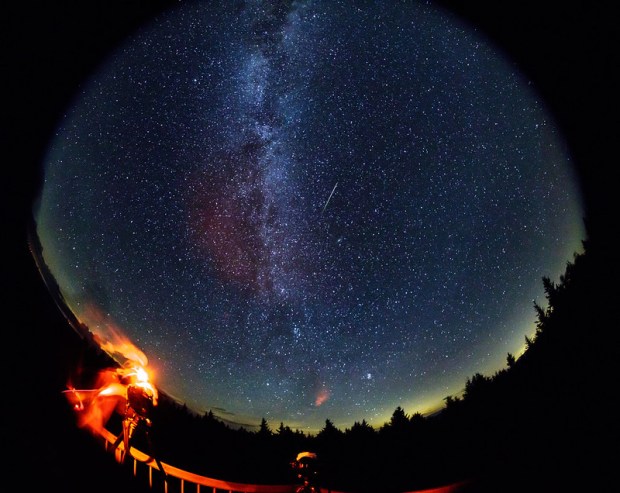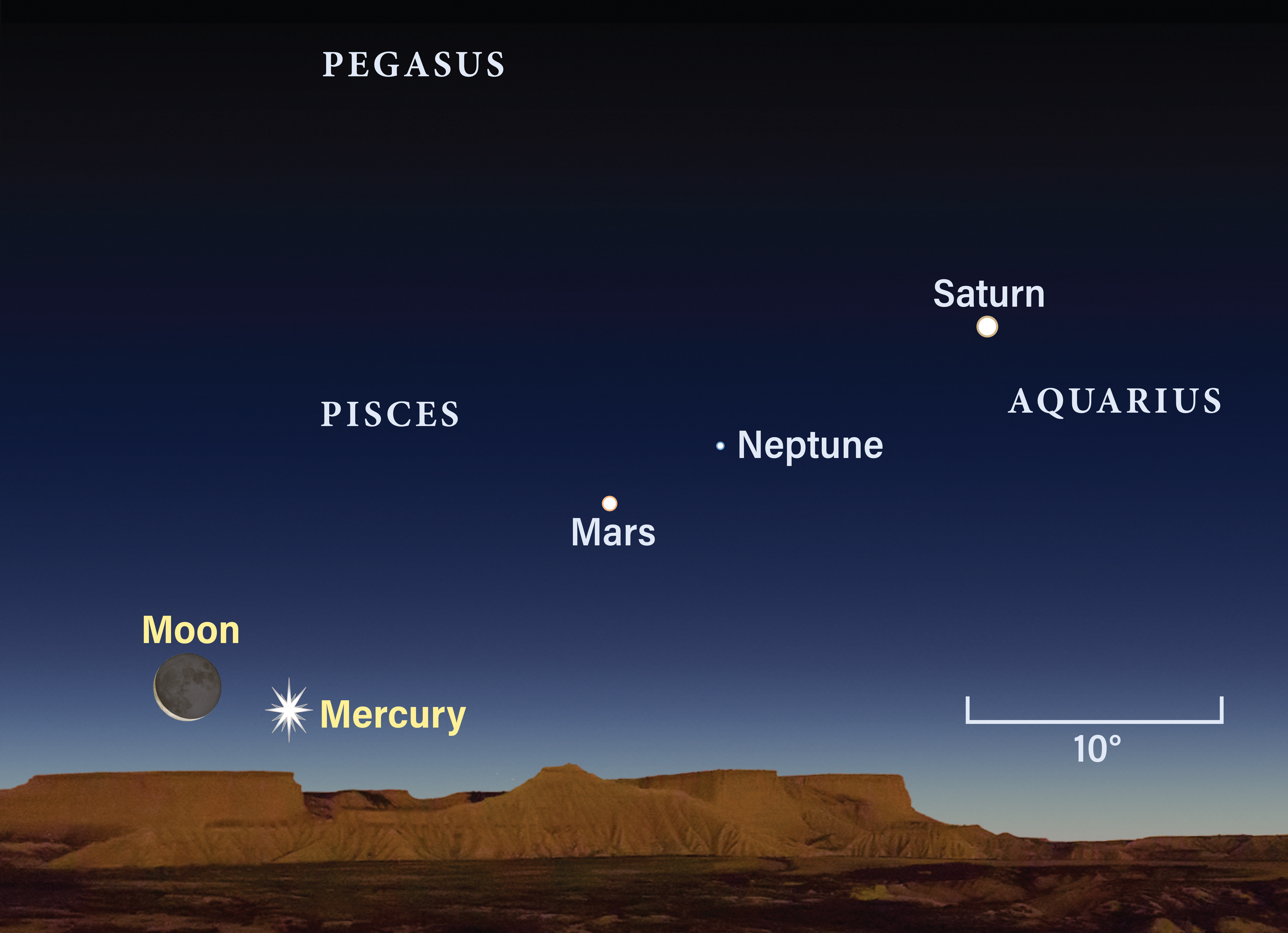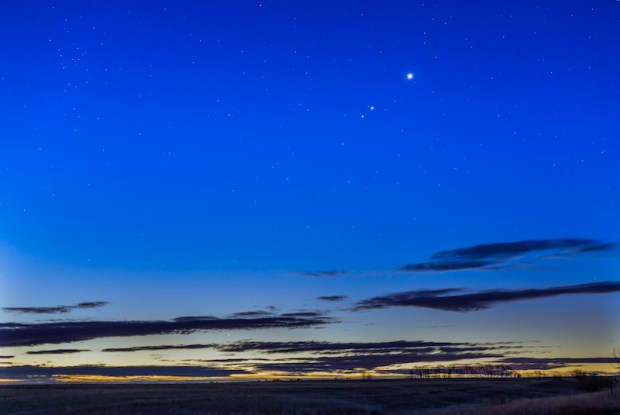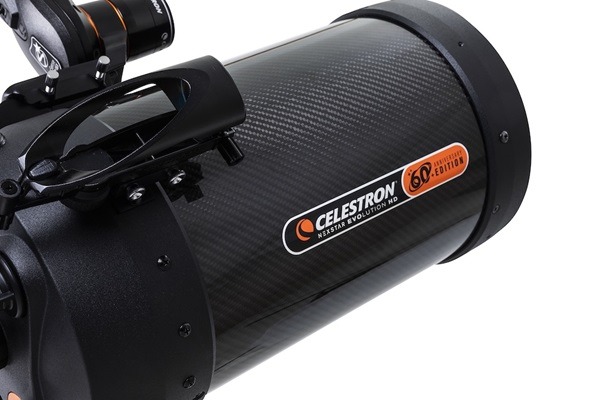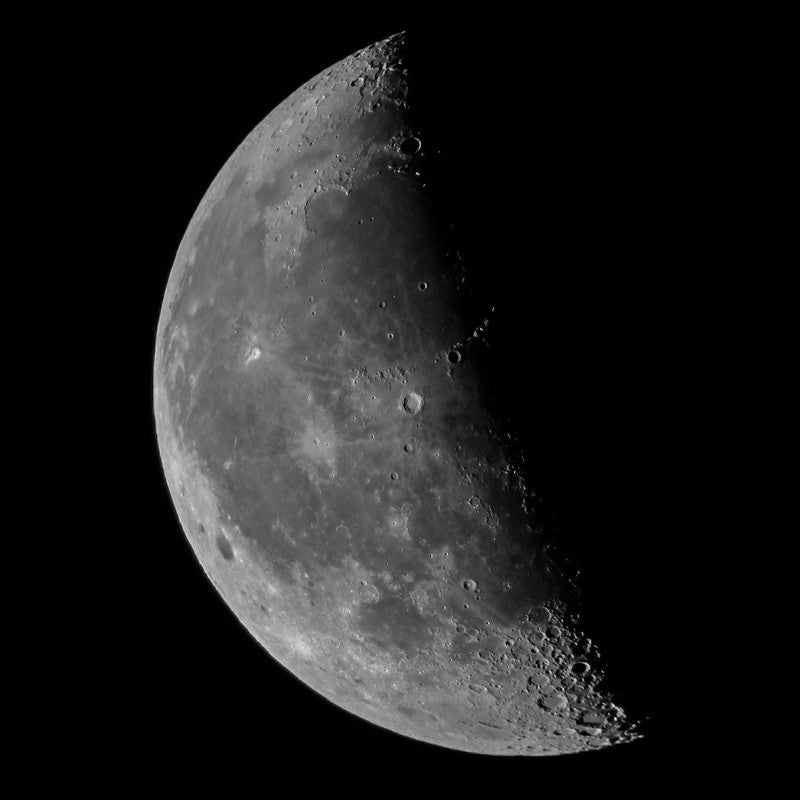Consider, for example, using a blue filter to view Jupiter. What you see is a grayscale image of the planet, not one that is tinted blue. This is why many amateur astronomers find viewing planets through color filters unappealing.
For Jupiter, a blue filter brings out detail in Jupiter’s bright zones and sharpens the brighter cloud features. Yellow filters darken bluish features — such as the festoons that appear from time to time within Jupiter’s equatorial region. Red filters brighten and en-hance white spots and ovals in the planet’s south temperate region.
Your red-green color blindness should not affect what you see, except where you perceive a specific wavelength of light (color) better or worse than another observer. Experiment with different color filters, and see which ones work best for you.
Color filters are not recommended for observing deep-sky objects. However, nebula filters, which block out all but specific light wavelengths, can help you observe bright nebulae. They come in different types: LPR (light-pollution reduction), UHC (ultra-high contrast), and OIII. An OIII filter transmits only light from doubly ionized oxygen and works best on planetary nebulae. Your view through these filters will also be uncolored. — MICHAEL E. BAKICH, ASSOCIATE EDITOR




